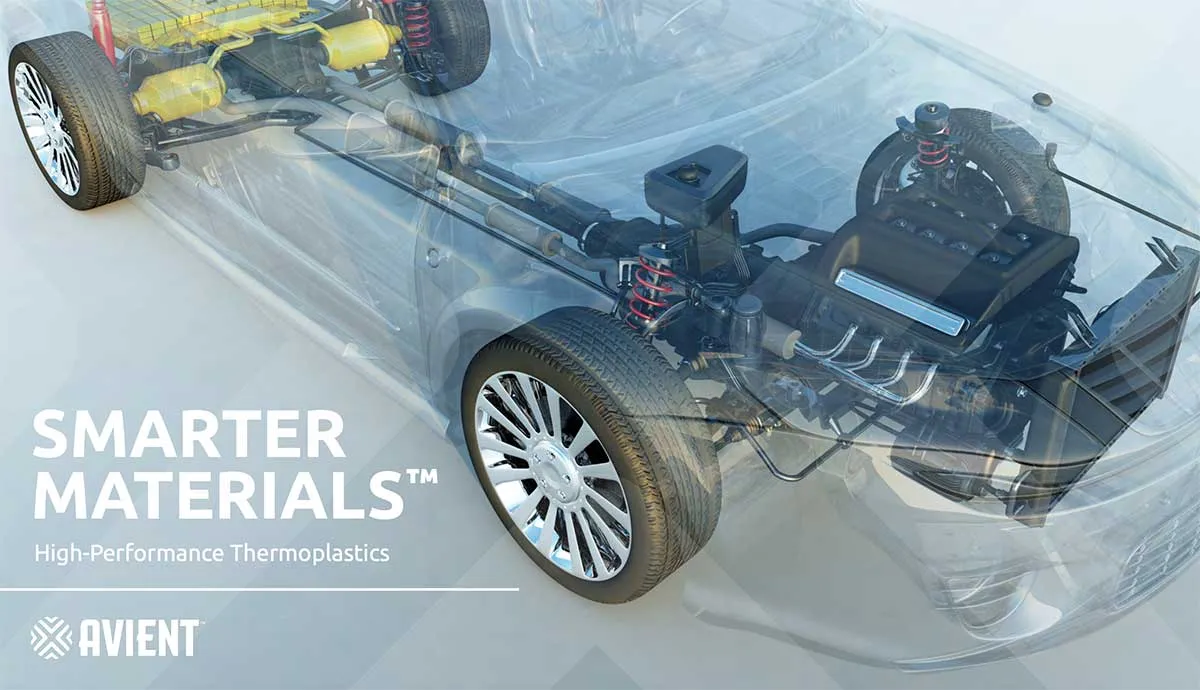Among all the different types of plastics on the market today, why would anyone choose polyaryletherketones (PAEK), polysulfones (PSU), liquid crystal polymers (LCP), polyetherimides (PEI) and polyphenylene sulfides (PPS) for their application? What market trends and requirements call for these high-performance thermoplastics?
A new eBook from Avient titled, “Smarter Materials™: High-Performance Thermoplastics” can help answer these questions and be a valuable resource for anyone considering the use of these advanced materials, which are ideally suited for very demanding environments.
A Breed Apart
While commodity plastics and engineering plastics can typically maintain their performance in environments up to 100°C and up to 120°C, respectively, a high-performance thermoplastic can withstand continuous use temperatures of 230°C. An extreme case is polybenzimidazole (PBI), which has a stratospheric glass transition temperature of 427°C.
Molding these high-temperature thermoplastics requires processing equipment capable of melt temperatures up to 400°C and mold temperatures up to 200°C. It’s also true that high processing temperatures can restrict colorant options for these thermoplastics. The heat destroys many pigments used in engineering thermoplastics.
Making things even more complicated, the natural shade of high-performance thermoplastics is yellow or brown, which needs to be counteracted in order to achieve blues and grays. Avient’s new eBook discusses these complexities, while offering practical guidance to better understand the selection of colorants, base materials, and use.
Additive Manufacturing
Recently, high-performance thermoplastics have been tapped for specialized 3D printed applications in aerospace and medical markets. As in conventional molding, these materials have specific requirements for success in manufacturing.
If you’re blazing ahead with additive manufacturing, here are some suggested guidelines excerpted from the eBook:
- PEEK is an excellent candidate for fused filament fabrication (FFF) due to its low moisture absorption. It typically works best with a nozzle temperature between 360–400°C and a heated bed of 120°C.
- PEI is an alternative to PEEK for FFF. When using PEI, it is important to keep the print chamber at an evenly distributed high temperature. Any cool areas can cause uneven shrinkage.
- Amorphous polymers like PSU must be cooled quickly enough to ensure solidification—otherwise, the part may deform or collapse.
These materials can enable OEMs and molders to meet tougher requirements and create next-gen products.

